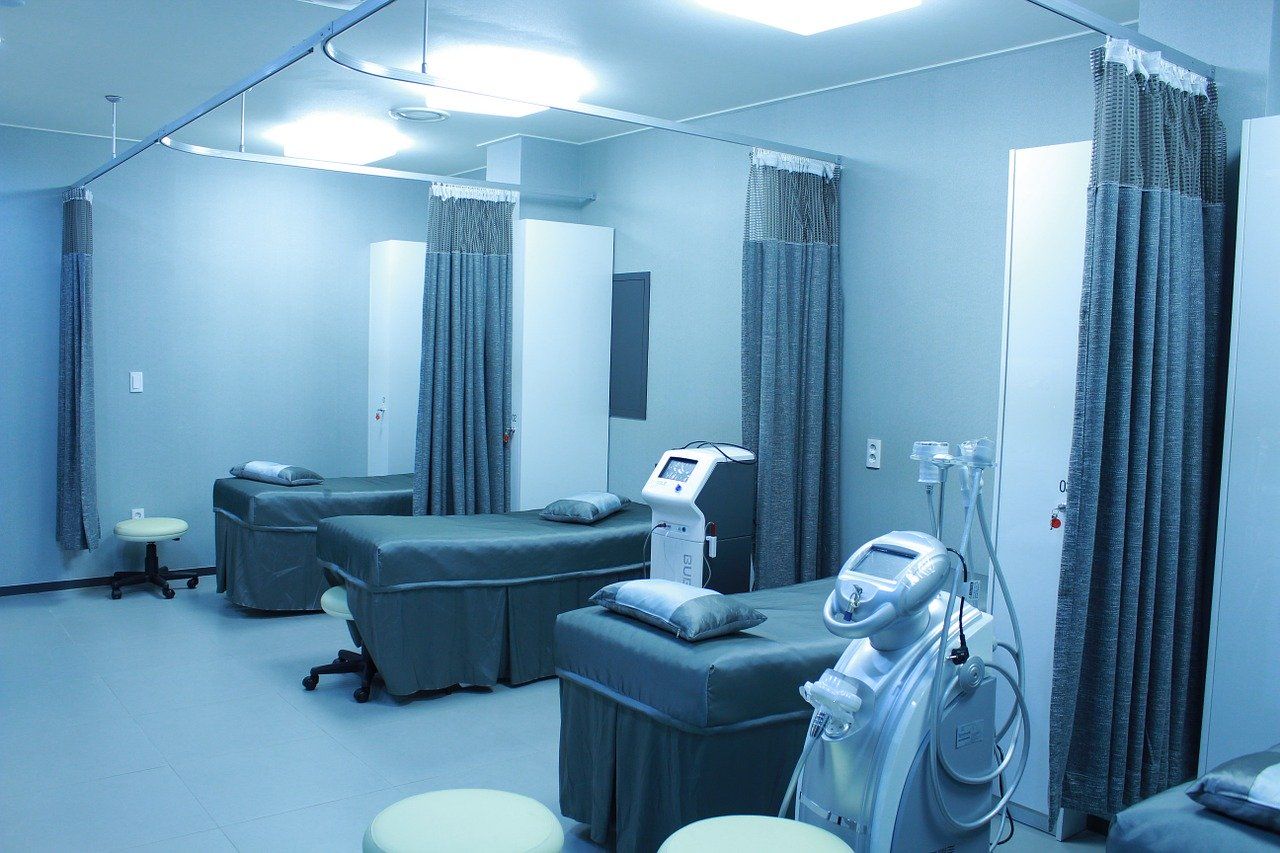Publication
Article
Medical Economics Journal
Coding for hospital observation
Author(s):
Make sure you are using the right codes when dealing with hospitalized patients.

Q: Is reporting of Current Procedural Terminology (CPT) codes 99218-99220 restricted to a single physician?
A: According to CPT guidelines, only the physician or non-physician practitioner (NPP) placing the patient in observation status (and subsequently discharging the patient) may report the appropriate initial observation code (99218, 99219, 99220). This refers to the initiation of observation status and the supervision of the care plan for observation. Encounters by physicians/NPPs other than the supervising (admitting) physician for same day services may be reported with outpatient consultations codes (99241-99245) or subsequent observation codes (99224-99226), as appropriate.
Be sure to check with your payers to verify that they follow CPT guidelines. Some Medicare contractors and other payers may instruct to bill outpatient office visit codes (99201-99215) to report all subsequent observation care, regardless of whether the provider is the “admitting” physician or not.
Q: If a patient is admitted to observation status (99218-99220) and remains for two days before being admitted as an inpatient, is it appropriate to report the initial hospital care codes (99221-99223)?
A: If a patient is admitted to the hospital on a date subsequent to the date of observation placement, the hospital admission may be reported with the appropriate initial hospital care code (99221-99223). The initial hospital care level of service reported should include all evaluation and management (E/M) services provided to that patient in conjunction with that admission on the same date by the admitting physician. This means that an observation discharge should not be billed on the same date that the initial hospital care code is billed.
Q: Does code 99226 require medical decision making of high complexity?
A: Not if both of the other two components (history and exam) in the code are performed. When subsequent observation care is reported, at least two of the three key components must meet or exceed the stated requirements to qualify for a particular level of E/M service, as stated in the descriptor of code:
99226: Subsequent observation care, per day, for the evaluation and management of a patient, which requires at least 2 of these 3 key components:
- A detailed interval history;
- A detailed examination;
- Medical decision making of high complexity.
High complexity means counseling and/or coordination of care with other physicians, other qualified healthcare professionals, or agencies are provided consistent with the nature of the problem(s) and the patient’s and/or family’s needs. Usually, the patient is unstable, has developed a significant complication, or a significant new problem. Typically, 35 minutes are spent at the bedside.
Two of the three key components must be met or exceeded for the level of service selected. Time may be used to select the level of service when counseling and coordination of care are documented as at least half of the time spent face-to-face with the patient.
Check with payers regarding specific reporting and payment policies.






